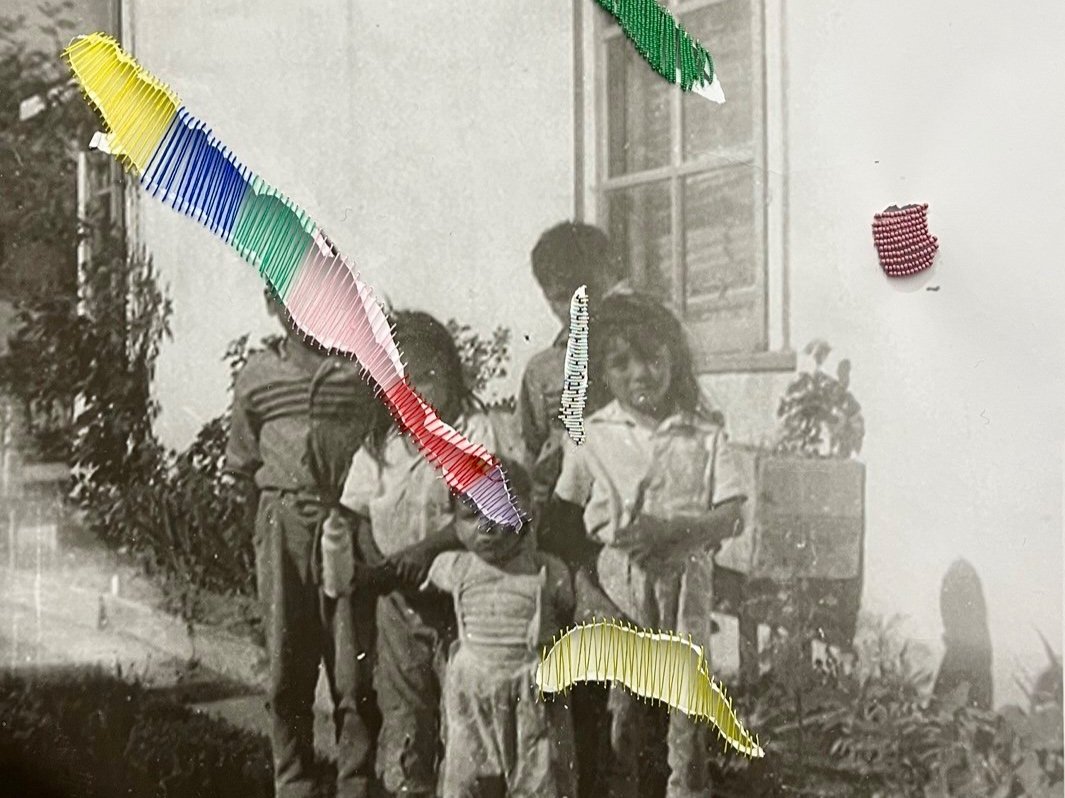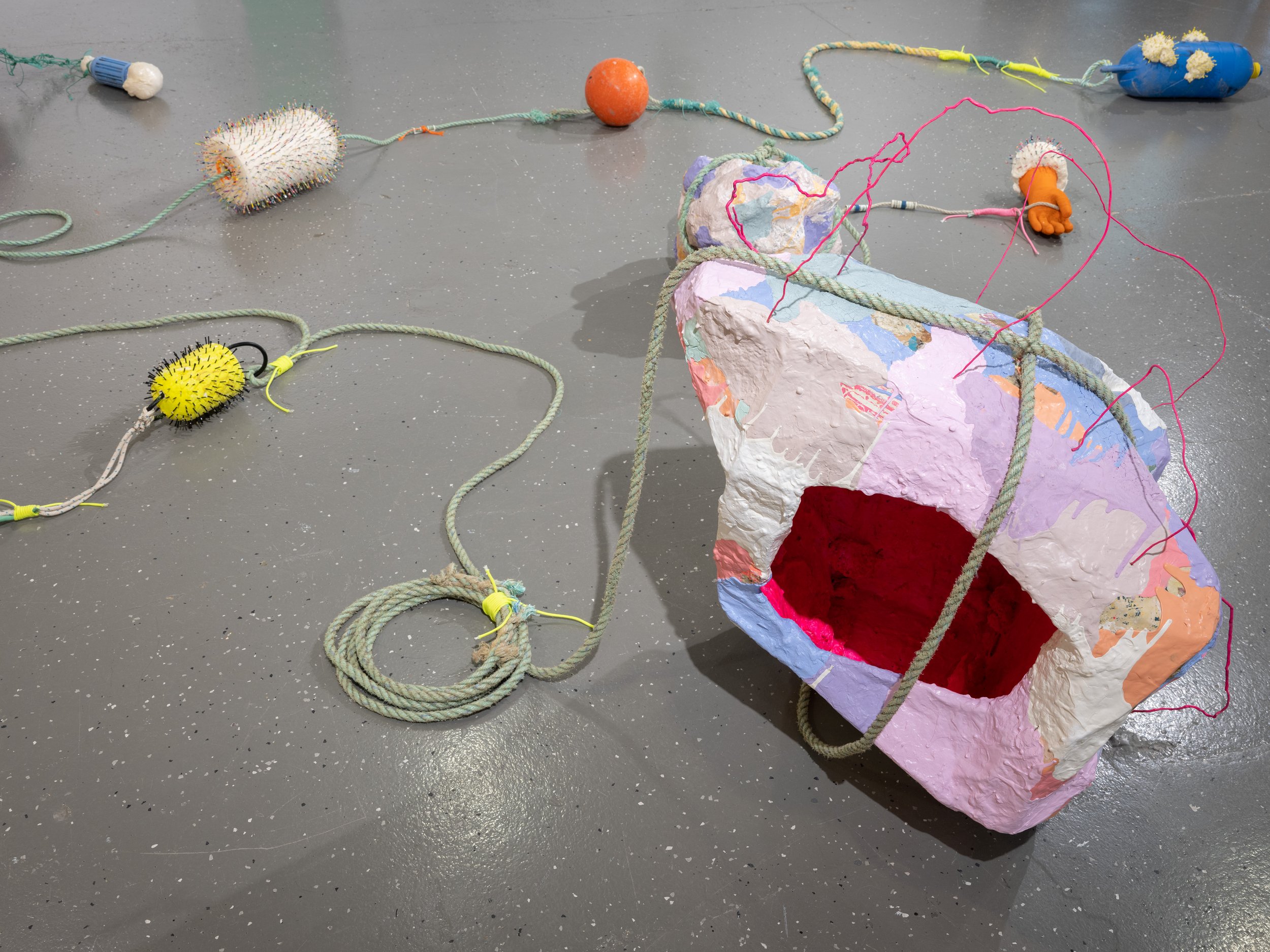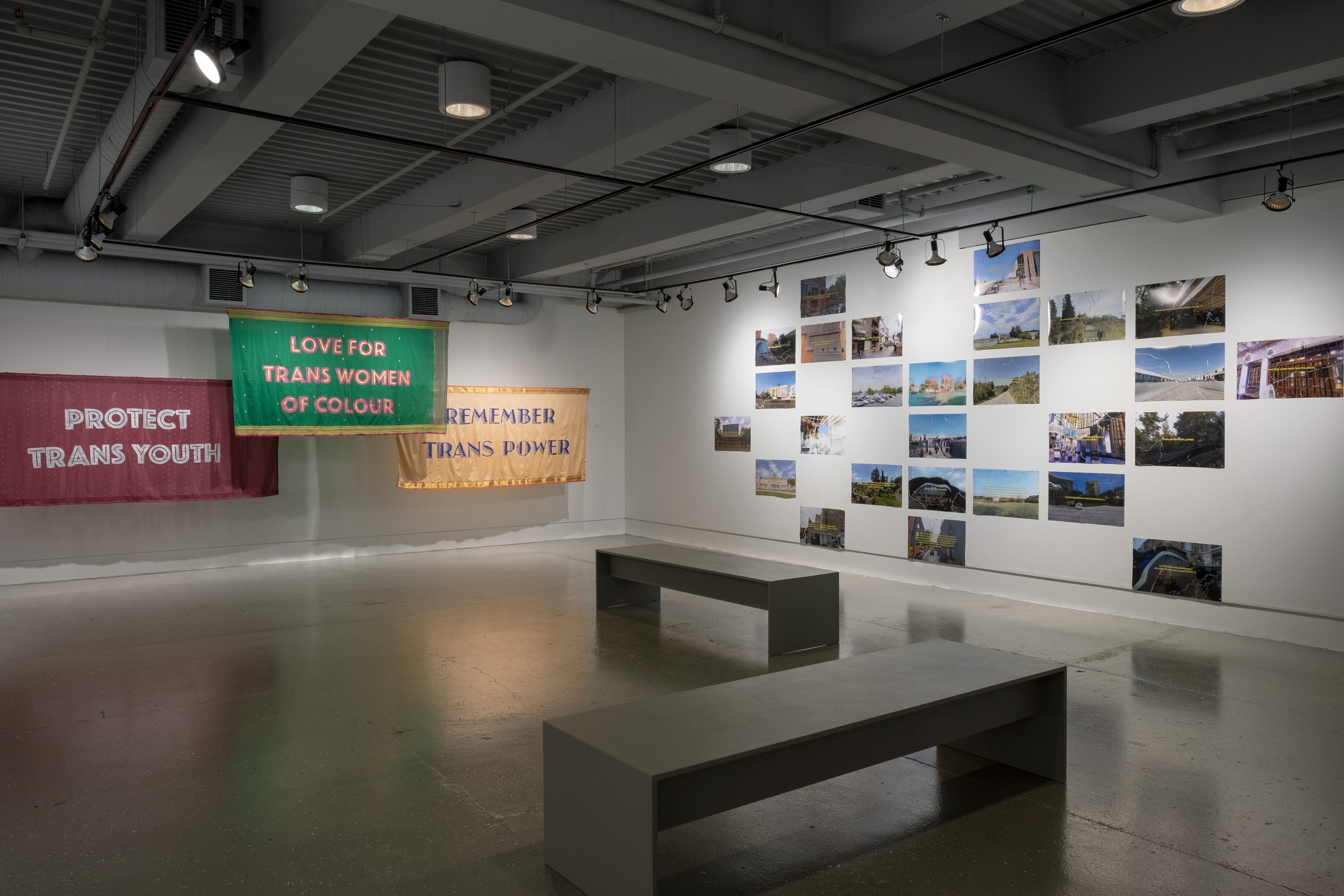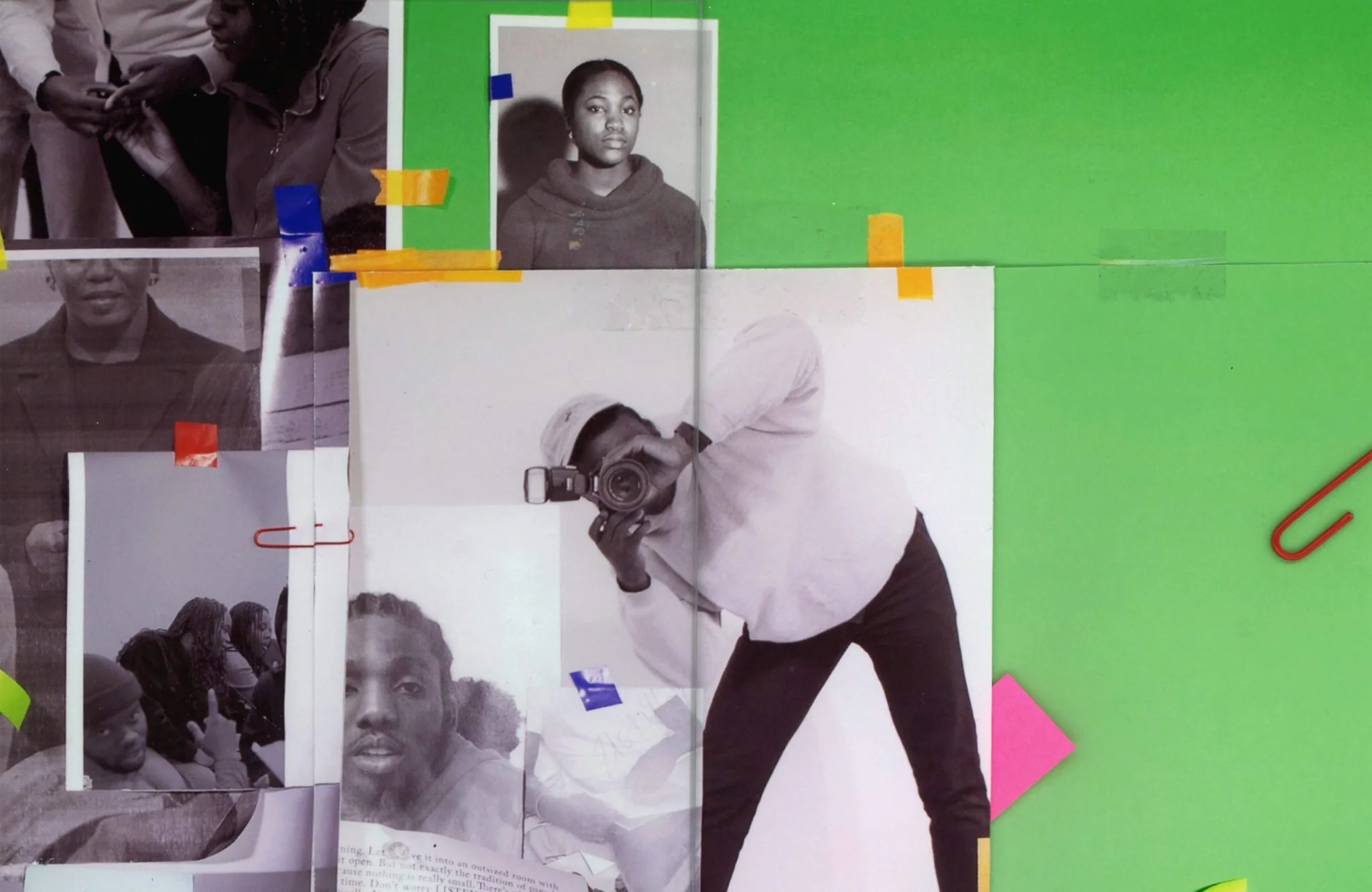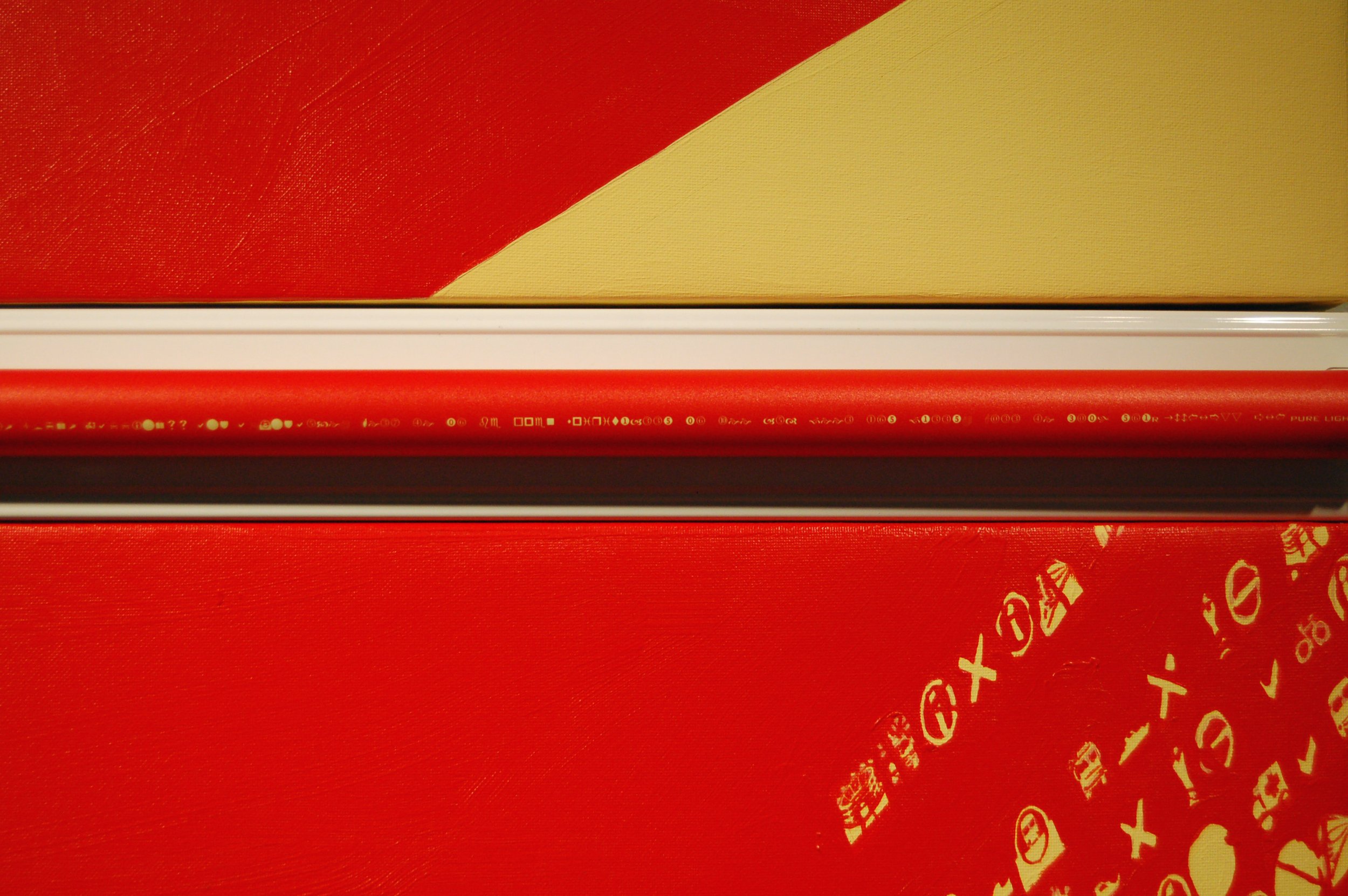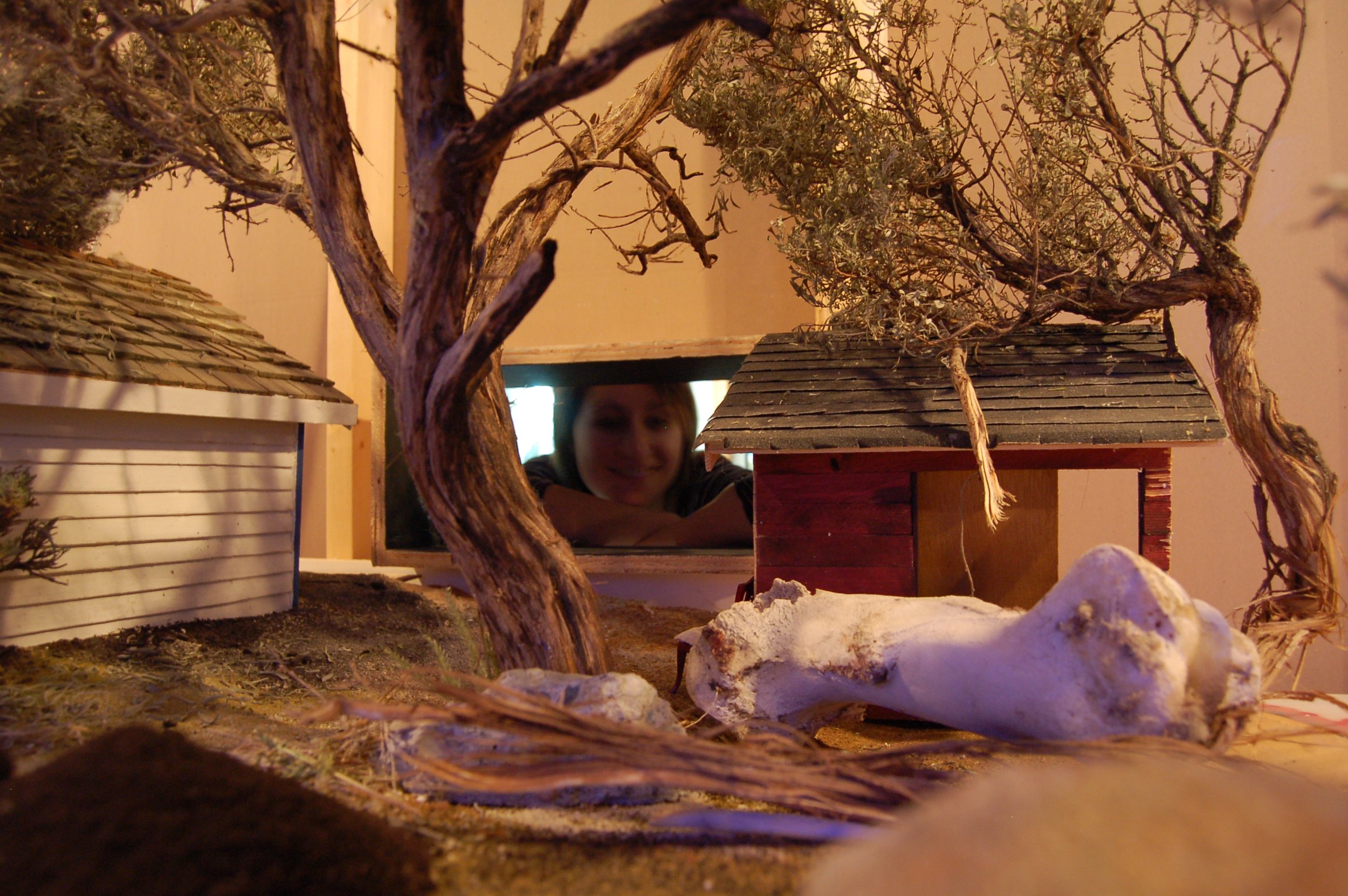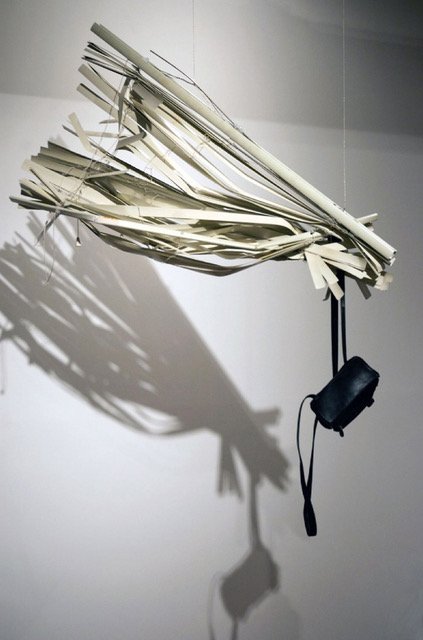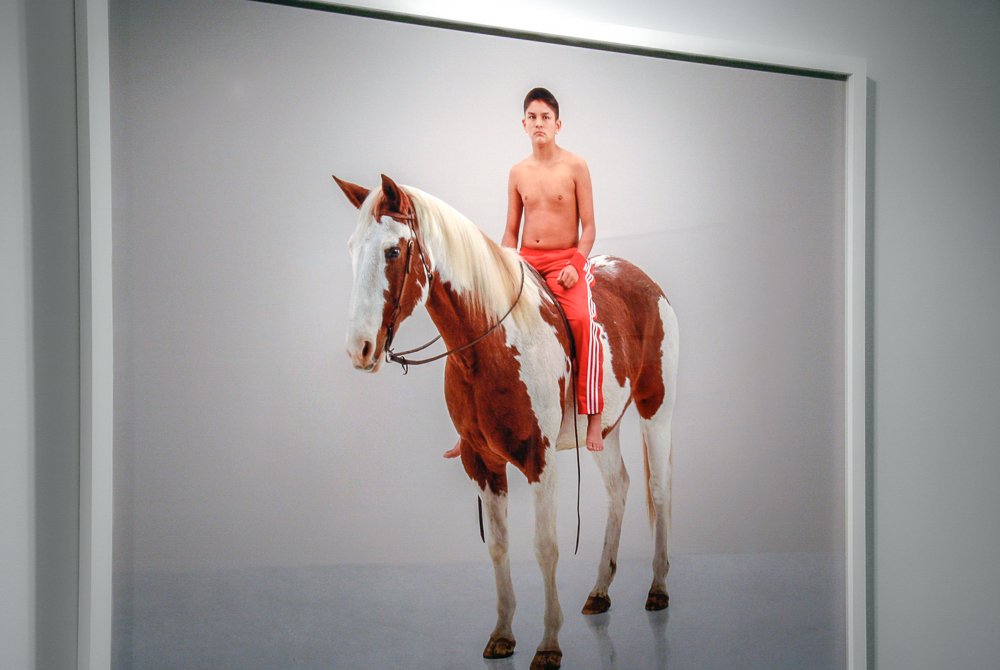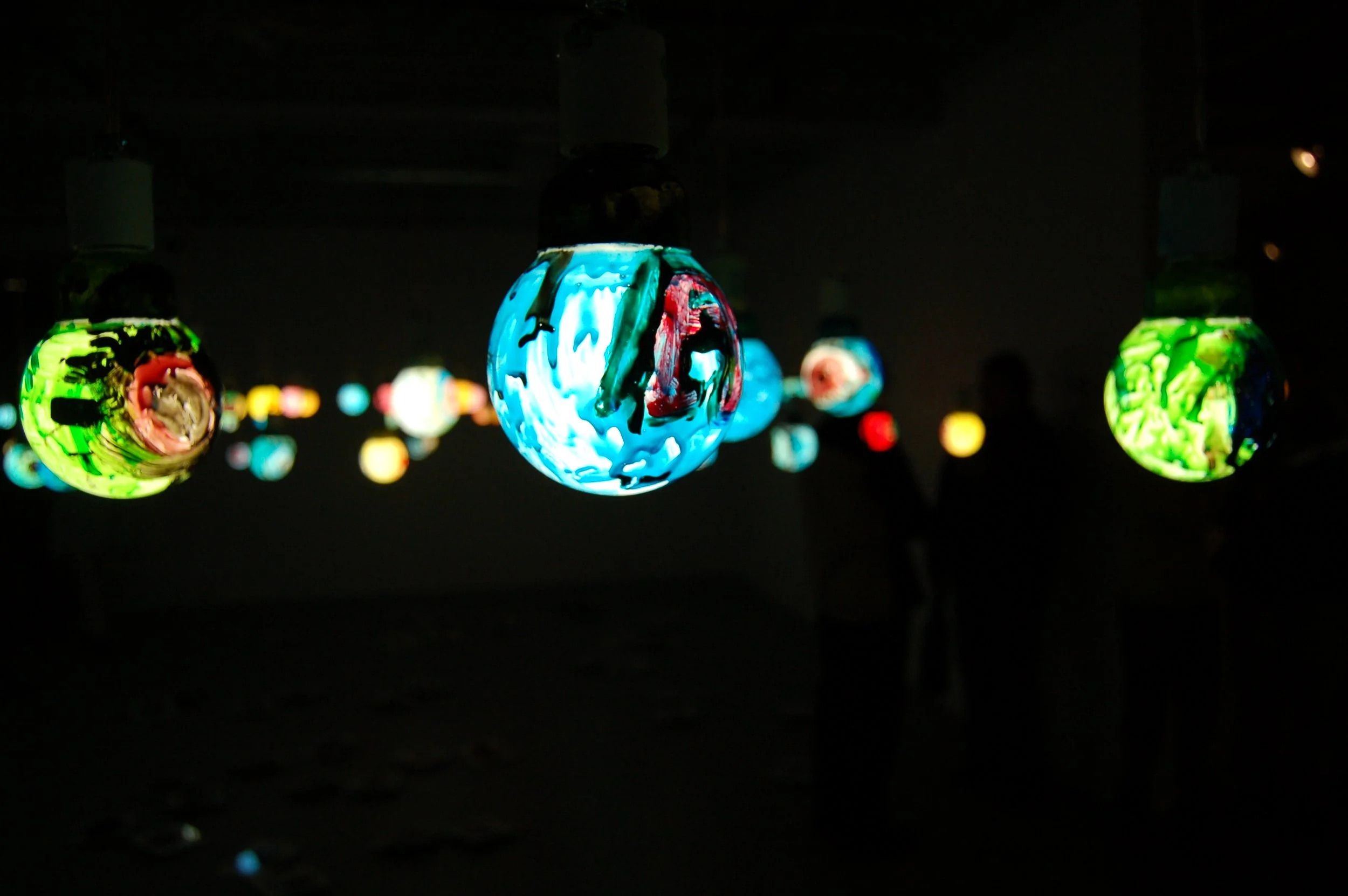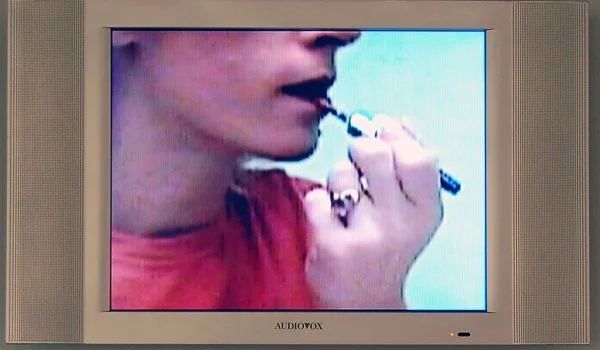Connor MacKinnon // CGish
Connor MacKinnon’s artistic practice operates through a framework of imagination, potential, and questioning. Examining the unique qualities in objects as specific markers of material culture, his work explores the physical and conceptual reconstruction of objects using generative algorithmic 3D modeling. Linking these algorithms and speculative framework is the desire and ability to create variability and multiplicity within a defined system which both respects our sense of familiarity with an object and disrupts many of the assumed and expected attributes associated with how that object is perceived. CGish itself has been an examination and investigation into his own relationship to shared authorship, artistic labour, and control in the creation of artwork that is in part computer generated.
While MacKinnon is currently experimenting with integrating A.I. into his practice in small ways the works present in this exhibition do not make use of any A.I. and instead are the output of generative parametric functions. These functions consist of a long series of instructions and restrictions that dictate the order and methodology of digital 3D construction. Their capacity to generate variability, multiplicity, and strangeness comes from their ability to accept variable input, whether that is from a physical artifact, digital geometry, or a purely numerical data set. Output as digital 3d models these forms must go through a process of digital fabrication or computer-aided manufacturing before they can exist in reality. In some cases, they can be directly 3d printed, others follow a process of molding and casting, and some require a more specific form of digital fabrication as in the case of Computers Generated (2024) which are welded steel forms created from patterns cut out on a CNC plasma cutter.
While much of his work is driven conceptually and designed digitally, balance and personal satisfaction are maintained through a physical and tangible making practice which strives to create a sense of harmony between learning, experimentation, intellectual gratification, aesthetic pleasure, and craftsmanship.
CGish by Connor MacKinnon will be on view in the Main Gallery from May 10 to June 22 2024.
CGish, Connor MacKinnon in the Main Gallery from May 10 to June 22 2024.


















